Building of the Day: 600 Lafayette Avenue
Brooklyn, one building at a time. Name: former Brooklyn College of Pharmacy, now Brooklyn Tabernacle Deliverance Center Address: 600 Lafayette Avenue Cross Streets: Nostrand and Marcy Avenues Neighborhood: Bedford Stuyvesant Year Built: 1928-29 Architectural Style: Collegiate Gothic Architect: Unknown Landmarked: No, but wouldn’t be a bad idea, along with its predecessor around the corner. The…
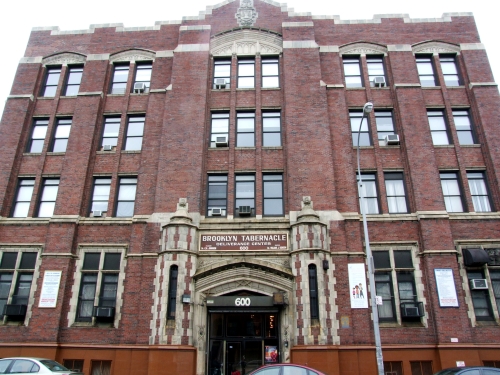
Brooklyn, one building at a time.
Name: former Brooklyn College of Pharmacy, now Brooklyn Tabernacle Deliverance Center
Address: 600 Lafayette Avenue
Cross Streets: Nostrand and Marcy Avenues
Neighborhood: Bedford Stuyvesant
Year Built: 1928-29
Architectural Style: Collegiate Gothic
Architect: Unknown
Landmarked: No, but wouldn’t be a bad idea, along with its predecessor around the corner.
The story: The Kings County Pharmaceutical Association was founded in 1877. In 1880, they announced that one of the goals of the organization was “the establishment and maintenance of a college of pharmacy wherein the theoretical and practical principles of pharmacy may be taught and the degree of graduate in pharmacy and doctor of pharmacy may be conferred.” To that end, the Brooklyn College of Pharmacy was founded in 1886. By 1895, they were housed at 305 and 329 Franklin Avenue, and were still growing, necessitating the building of a new college facility on Nostrand Avenue, in 1903. This building, at 265 Nostrand, is a former BOTD, and more information on this is available here.
A career in pharmacy was, and still is, a growing field, and a popular profession, and it soon became clear that the new building was not large enough for all of the classes and students. Prohibition also fueled the school’s popularity in the 1920s, which makes sense if you think about it. The College also had been in negotiations to merge with Long Island University, and in 1928, that announcement was made. It was also announced that a new College of Pharmacy building would be built around the corner form the old, and in 1929, this handsome school opened, now an official part of LIU.
The new college building was built in the Collegiate Gothic style, then extremely popular on college campuses and in NYC school design, as magnificently rendered by architect CBJ Snyder. I was not able to find the name of the architect of this building. The building is six stories tall, and opened with two large lecture halls, laboratories, classrooms, a library, and a teaching museum of botanicals and products. The top floor of the building featured a full basketball court, and the roof had a garden and greenhouse for teaching, tastings and demonstrations. The college’s basketball team would prove to be one of its biggest assets, producing championship teams for many years.
In 1976, the College moved downtown to the main campus of LIU. There were many reasons for the move given, but the fact was that Bedford Stuyvesant was just too scary for many of the students. The school was closed down, except for a caretaker, until 1981, when it was purchased by the current owners, the Brooklyn Tabernacle Deliverance Center. Today, the church holds services here, and runs a day care center, as well as other programs. The huge building is now home to the Children of Promise, Brooklyn Tabernacle Kiddie College, and I Have a Dream Foundation, and other organizations, as well. GMAP
I have a strange connection to this building, and have long been eager to discover its history. Way back in 1977, I came to Brooklyn to look for a job in NYC, after college. My mother’s closest friend had a son who was working as a caretaker in a Brooklyn building. They arranged with him for me to stay with him for a few days while I went to job interviews. His Mom would stay there, too. They said he had plenty of room. I had never been to Brooklyn before, and had no idea where the building or anything else was. I did not know that I was in then notorious Bed Stuy. My mother’s friend drove us to New York from upstate, and you guessed it, it was here. The son was living in the basement apartment, with pipes running through the ceilings, a series of rooms set up as living quarters. It was hardly posh. It was however, to me, extremely cool.
Unfortunately, I was never allowed to wander around in this enormous empty building. They showed me a classroom and one of the halls, but no more. By the time I moved to Brooklyn myself, the church had purchased the building, and I never went inside again. I had a lot of down time here, because they also didn’t want me wandering around the neighborhood, either, and I had time to read Frank Herbert’s “Dune” cover to cover. To this day, whenever I hear the name, I’m back in the basement of this building, reading. Not the usual picture of the desert planet of Arrakis.
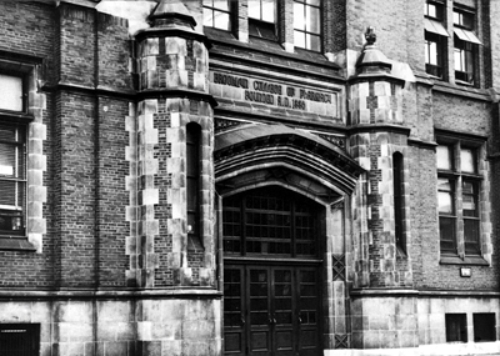

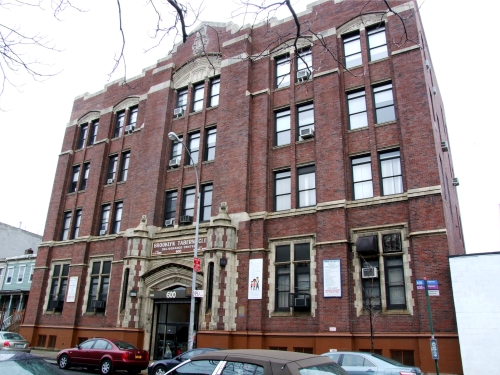

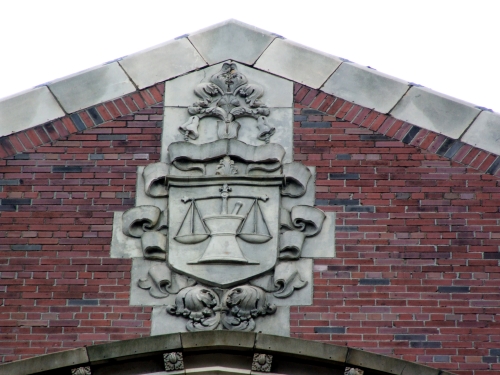
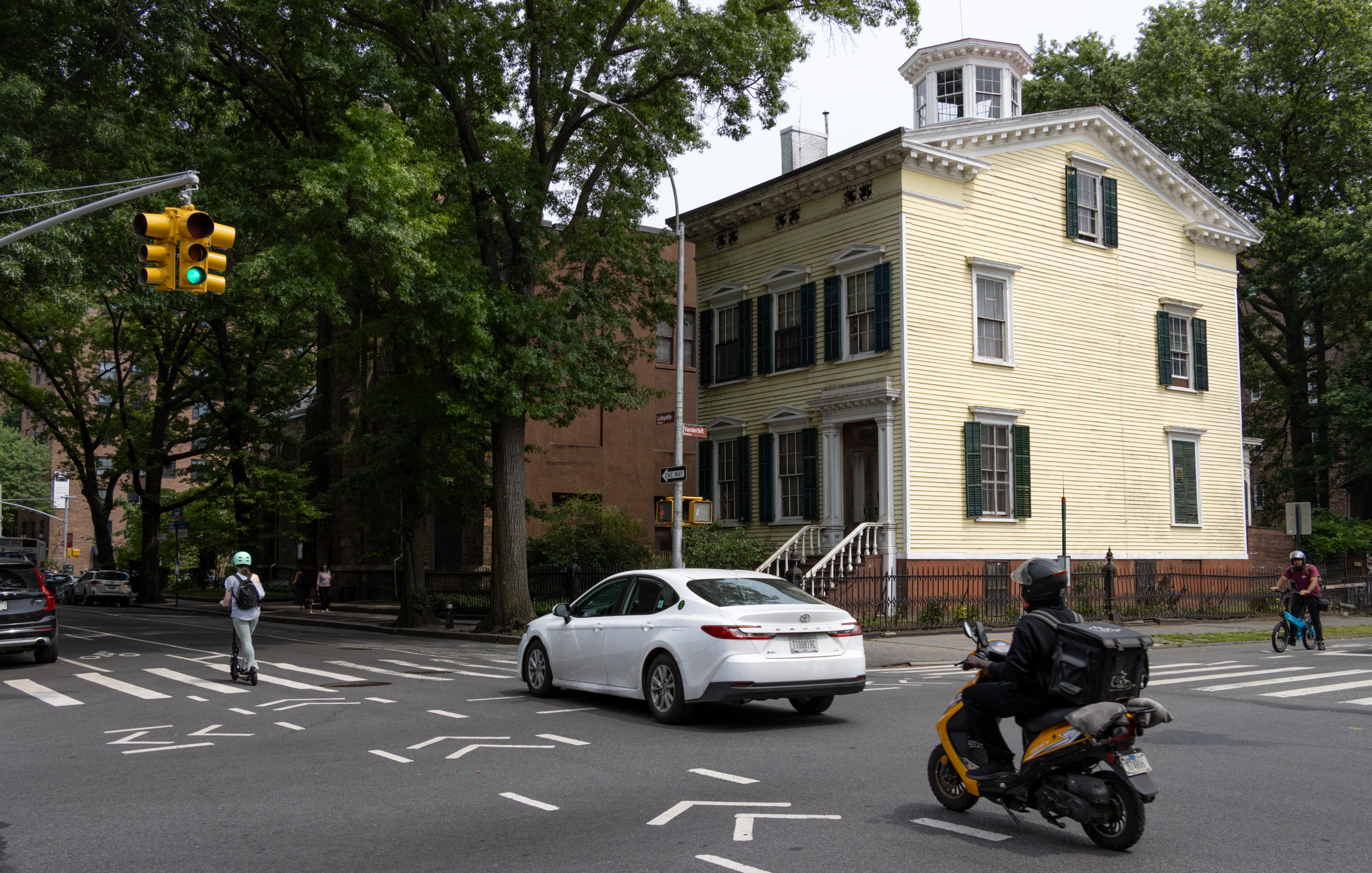
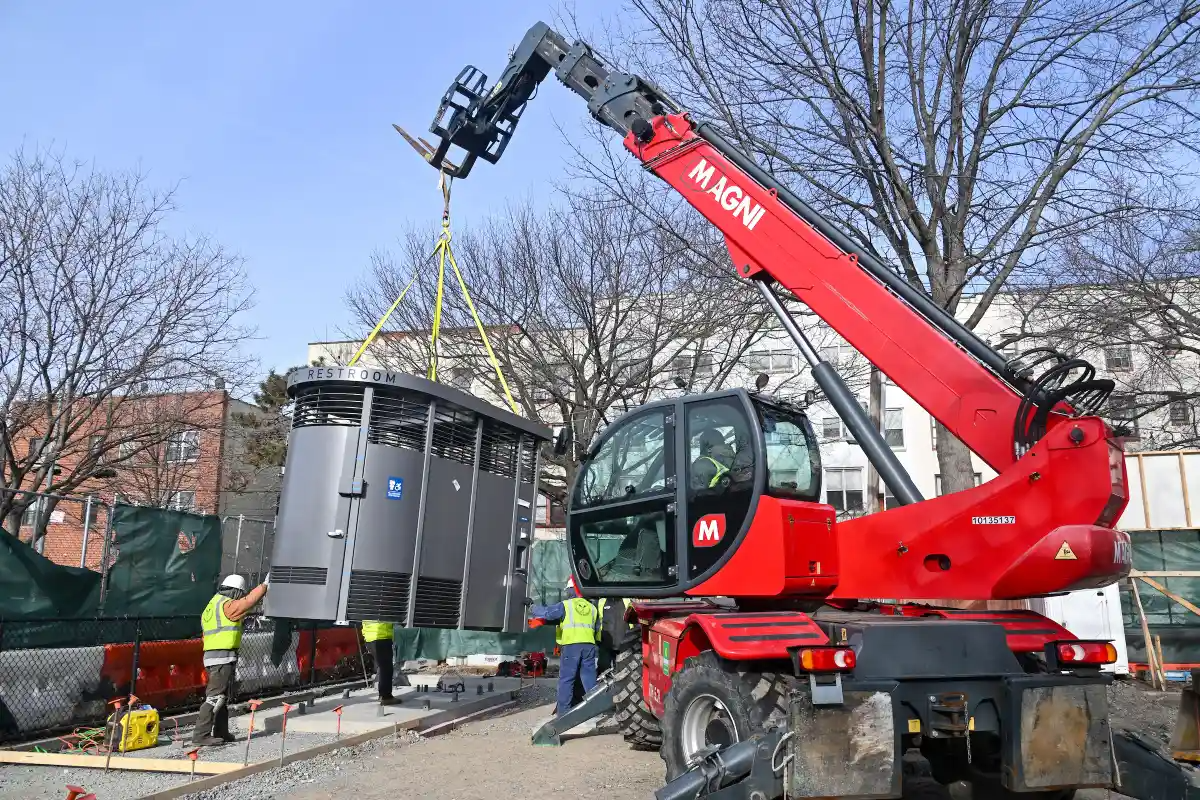

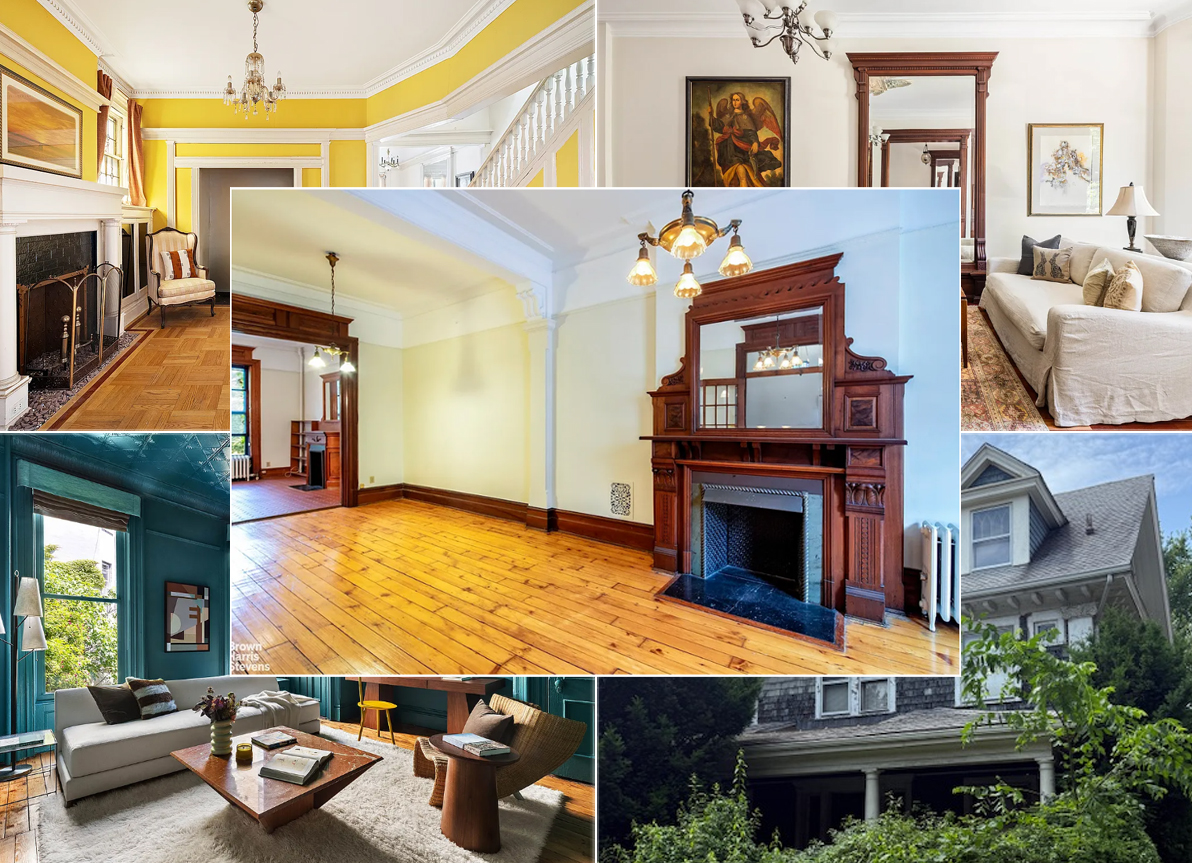
Ho-hum. Name of architect best left undetermined. signed, fob
No, we all moved to Ohio in mid- 1700s. We owned much of Tipp City, however. c
In a message dated 4/12/2012 9:54:16 A.M. Eastern Daylight Time, writes:
wber wrote, in response to methistory:
The one who owned the bowery?
No, we all moved to Ohio in mid- 1700s. We owned much of Tipp City, however. c
In a message dated 4/12/2012 9:54:16 A.M. Eastern Daylight Time, writes:
wber wrote, in response to methistory:
The one who owned the bowery?
I must disclose that I am a Studebaker, descended from the Peter Studebaker line.